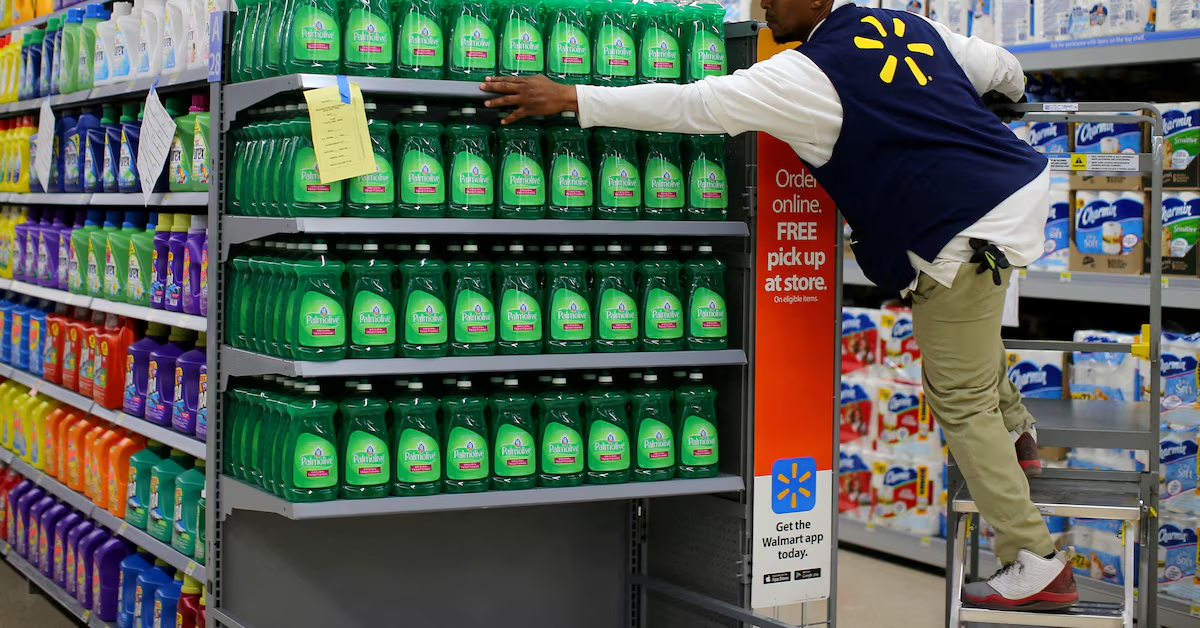Retail giant Walmart is set to make a significant change to its pricing strategy by introducing digital shelf labels in 2,300 of its 4,500 stores by 2026. This move will replace traditional paper price stickers and allow the company to update prices on its 120,000 items within minutes, a process that previously took store workers around two days to complete.

While Walmart claims that this new technology will provide customers with “an even better shopping experience,” retail experts have raised concerns that digital labels and the ability to alter prices rapidly could usher in an era of dynamic pricing. This pricing model, famously used by Uber and Amazon, involves tweaking prices up and down on items based on demand and competitor costs.
The implementation of digital shelf labels is the largest rollout of its kind by a major retailer. Walmart hopes that this change will streamline the pricing process and free up staff time, allowing them to focus more on assisting customers and less on repetitive tasks. The digital labels can be easily updated using an app with just a few clicks.

In addition to pricing, the digital shelves can also indicate when stocks of a particular product are running low. The “Stock to Light” feature enables store workers to flash an LED light on the tag using their phone, and the shelf will signal locations that require attention.
Walmart describes the transition to digital shelf labels as a “game-changer” for the company, its customers, and its associates. The retailer emphasizes that the move is not only about improving efficiency and customer satisfaction but also about integrating technology into their work to help reduce operational waste.

However, the potential for dynamic pricing has raised concerns among some consumers. The ability to change prices rapidly based on demand and competitor pricing could lead to fluctuating costs for shoppers, similar to the model used by Uber, where prices can surge during peak hours or high-demand periods.
As Walmart begins to roll out digital shelf labels across its stores, it remains to be seen how this change will impact the shopping experience for customers and whether it will lead to a wider adoption of dynamic pricing in the retail industry. While the technology offers benefits in terms of efficiency and stock management, consumers will need to stay vigilant and compare prices to ensure they are getting the best deals possible.
Credit: Dailymail.com



